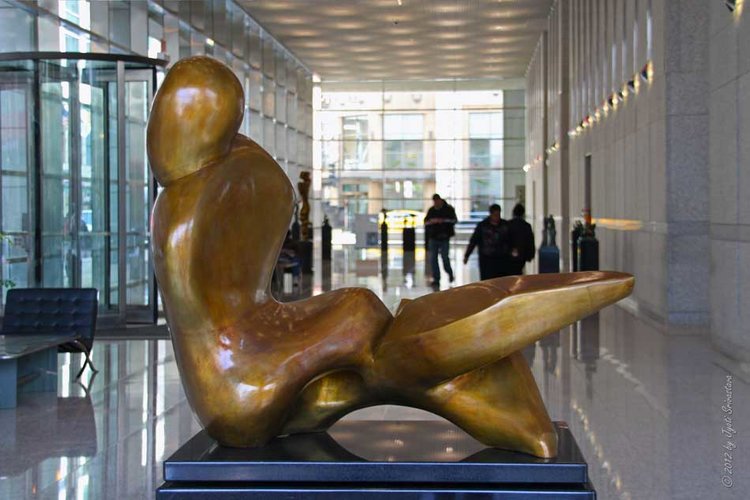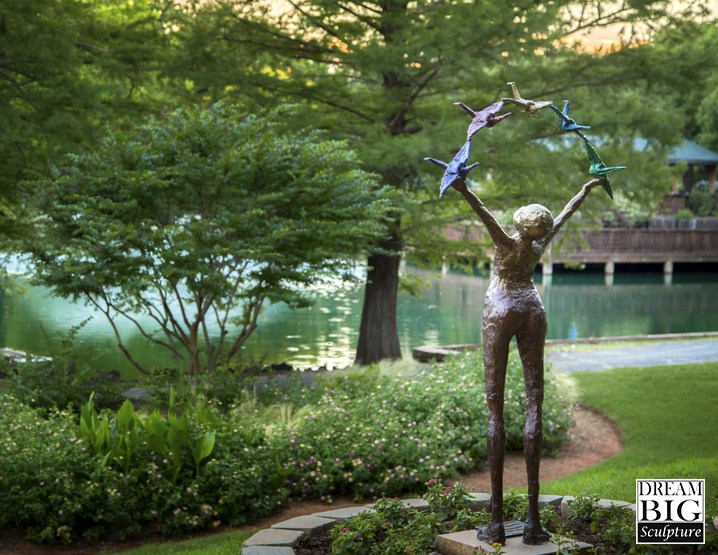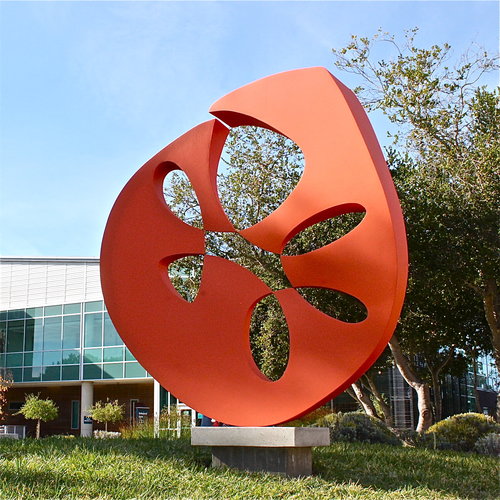Do artists think art maintenance is important?
Is art maintenance really necessary?
Artists say it is.
Naturally, our articles talk a lot about the importance of properly maintaining art; in this context, art includes anything from public art sculptures to paintings in historical societies and anything in between. However, to some, this view coming from a professional conservator may seem biased. Some may view art maintenance as a luxury, upgrade or accessory - similar to granite countertops vs formica or splurging for the brand name vs the generic. Perhaps even truer, some may view maintenance as buying the extended warranty "just in case something happens". In this article we want to flip the viewpoint for you. Instead of hearing from us how we think art maintenance is essential, we asked a few prominent artists to to share in their own words why they believe art maintenance is worth it.
Before we get to the nitty gritty, we want to introduce you to the artists you’ll hear from in this interview. They are:
BRH: Does maintenance/conservation ever play a role in the materials you choose for your projects?
DBS: “Maintenance/conservation always play a role in the materials we choose for our projects. We chose permanent materials that will remain beautiful for generations into the future.”
PS: “Yes, maintenance/conservation are paramount for the public art I am commissioned to sculpt. Most of the larger than life size projects are usually installed outdoors and are exposed to the elements. So I primarily have my sculptures cast in bronze and installed on granite bases with the surrounding site plan composed of granite components. “
BRH: As an artist, what value do you put on conservation?
JJP: “Quite a lot. Both my sister and I, not counting my mother have done conservation on antique art, furniture, print, painting etc. when I was in Europe, over 50 years ago.”
PS: “I put a tremendous value on conservation and give my clients written instructions on how to maintain the monuments I sculpt. If the bronze and granite components are maintained fairly religiously they will look beautiful for many decades to come. However, I have found that many of the public art monuments I have sculpted have not been maintained. It is sad to see them age so quickly, with the bronzes losing their patina and luster and the granite components becoming stained and discolored. It is especially sad to see when the work to keep them looking lovely is really pretty simple, not very time consuming, and only needs to be done a couple of times a year. “
BRH: What advice regarding maintenance/conservation would you give to organizations who own public art?
JJP: “Maintenance, Maintenance and again maintenance. On bronze sculpture, clean and wax periodically. Please see my blog post about preservation of sculpture.”
DBS: “Be sure to find out, from the artist, the best ways to clean and maintain the work that you purchase.“
PS: “If bronzes aren't waxed in the Spring before the heat of Summer and in the Fall before the cold of Winter, it will cost the organization more to have the public art totally refurbished later. So it is wise and cost effective to not let the required upkeep lapse.”
Outdoor aluminum sculpture by Matt Gill.
TIP: When in doubt, ask!
If you’ve recently had a public art piece added to your collection, be sure to check with the artist for suggestions about how to care for the piece. Matt Gil, of Matt Gil Studio, is always willing to make basic cleaning recommendations for clients who have obtained his outdoor aluminum, steel, or bronze sculptures. His general guidelines include gently cleaning the sculpture with soapy water and a sponge. He reminds them to keep the sculpture wet (with a hose) during the cleaning process and thoroughly rinse it before letting it air dry. As for painting, a word of caution from Gil is to never paint a sculpture in the full sun or on a hot day; the paint will dry too fast and it will be too difficult to obtain a smooth surface.
BRH: How does it make you feel to know that the art/ideas you create may live for generations beyond you?
JJP: “That’s the reason I make my sculpture in bronze. They will, no matter what, outlive me.”
DBS: “This is an understanding that is very important to us. it is our intention to create work that is timeless; work that communicates across space and time, and work that will be as relevant hundreds of years from now as it is today. This is why we do public art. We are creating art for the future as much as we are for the present.”
PS: “Bronze is called "the King of Metals" because it will last centuries, as will high quality granite. I put my whole heart into the public art pieces I create, so I love that they will live on long after I am gone. I feel I have left my mark as an artist and hope it will inspire future generations.”
BRH: In your opinion, why is it important to maintain/preserve art?
JJP: “Because real art does not die, it lives for ever.”
DBS: “Art maintenance and preservation is essential to making sure that our work will continue its conversation with the communities where it is installed long after we are gone.”
PS: “ Art is the creative expression of the soul of each generation. Good art can lift the spirit and communicates our humanness, and our Divinity. I believe great art has the ability to heal the wounded heart and should be treasured. I think to preserve that healing gift, is a holy responsibility.”
“Build it and give it a soul so that it will survive and live beyond me.”
Key take-aways
Artists can consider conservation and maintenance within their creative process
Artists see art maintenance as a key component that continues to breathe life into their work throughout the future
Artists see art maintenance as the method to preserving creative expression within communities
Artists see art maintenance as a fundamental means to maintain an organization’s budget; taking care of artwork yearly cuts down on inevitable repair expenses later (if the work is not maintained)
We send a special thank you to Jean Jacques Porret, Dream Big Sculpture, Matt Gill, and Paula Slater Sculpture for their time and invaluable insight for this interview article.





